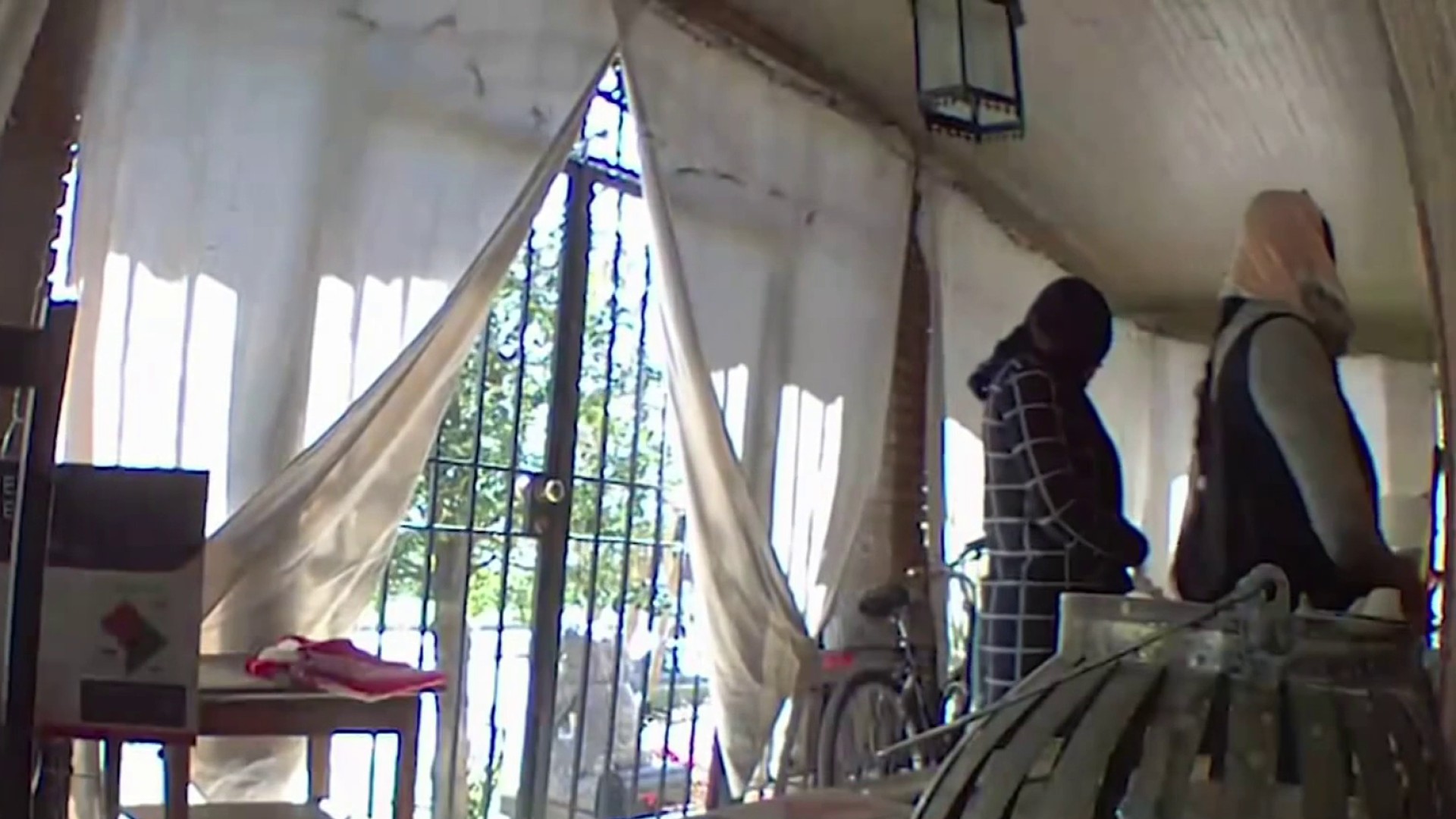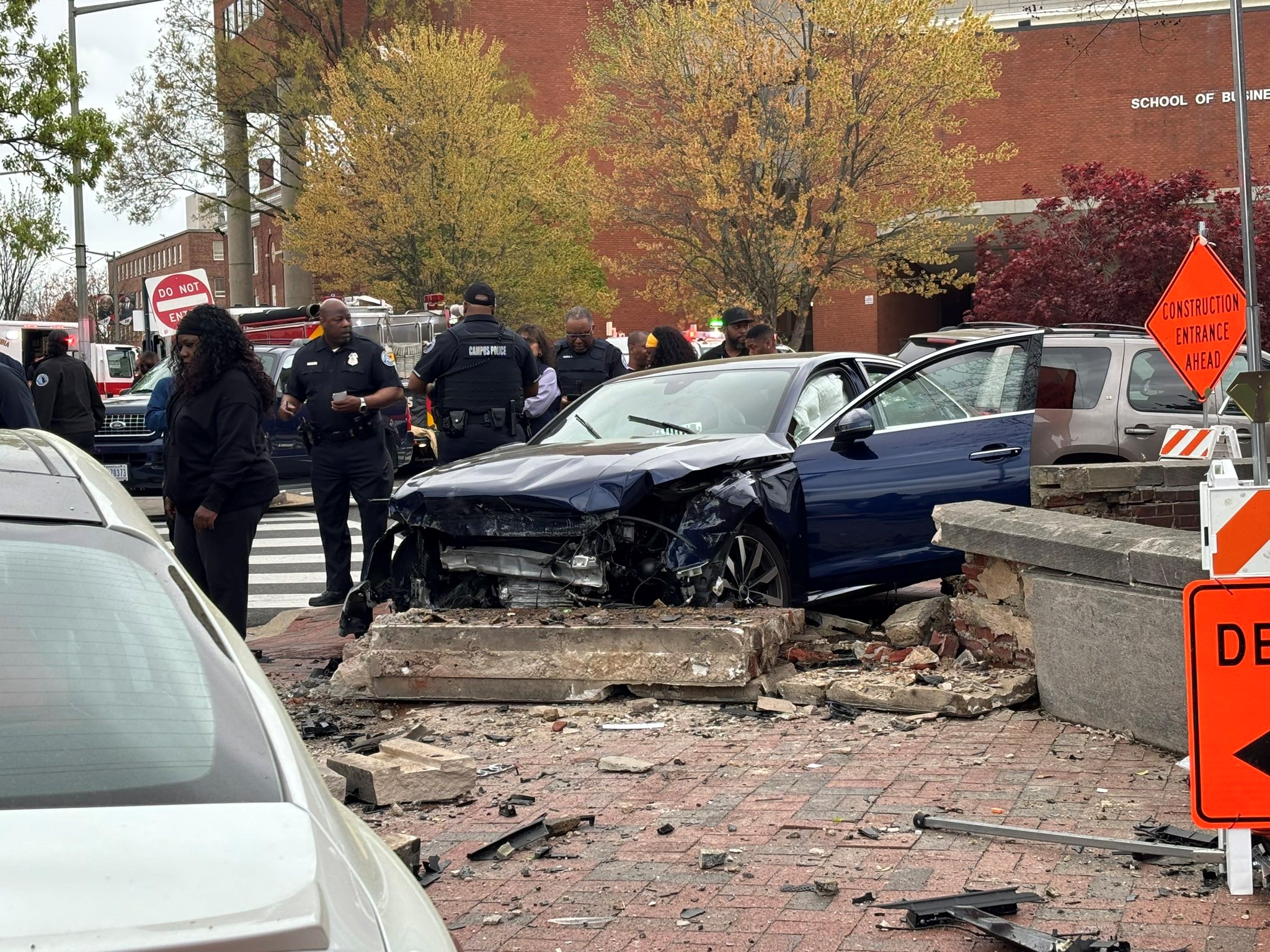Students in D.C. public schools have to learn about the civil rights era as early as in elementary school.
We took a look at the standards that are used for the social studies curriculum, and pulled out some of what students are learning -- and when.
To see all the social studies standards, click here.
Grade 3:
Identify and research outstanding statements of moral and civic principles made in Washington, DC, as well as the leaders who delivered them, that contributed to the struggle to extend equal rights to all Americans (e.g., Lincoln and his second inaugural address, Frederick Douglass and his speech against lynching at the Metropolitan AME Church, Martin Luther King Jr. and his speeches at the Lincoln Memorial in 1957 and 1963, and Rodolfo “Corky” Gonzales at the Poor People’s March).
Grade 5:
Students describe the key events and accomplishments of the Civil Rights movement in the United States:
- Describe the proliferation of the Civil Rights movement of African Americans from the churches of the rural South to the urban North.
- Explain the role of the National Association for the Advancement of Colored People (NAACP).
- Identify key leaders in the struggle to extend equal rights to all Americans through the decades (e.g., Mary McLeod Bethune, Ella Jo Baker, César Chávez, Frederick Douglass, Rodolfo “Corky” Gonzales, Charles Houston, Martin Luther King Jr., Thurgood Marshall, Carlos Montes, Baker Motley, Rosa Parks, Malcolm X, Eleanor Roosevelt, and Reies López Tijerina).
- List and describe the steps toward desegregation (e.g., A. Philip Randolph’s proposed 1941 March on Washington, Jackie Robinson and baseball, Truman and the Armed Forces, Adam Clayton Powell and Congress, and the integration of public schools).
- Explain the growth of the African American middle class.
- Students identify major waves of immigration and demographic changes in U.S. history and describe the diverse nature of American people and their contributions to American culture.
- Describe the lives of African Americans, including an explanation of their early concentration in the South because of slavery, the Great Migration to Northern cities in the 20th century, and ongoing African immigrant groups (e.g., Ethiopians, Nigerians, and Ghanaians), and where they have tended to settle in large numbers.
- Describe the proliferation of the Civil Rights movement of African Americans from the churches of the rural South to the urban North.
- Identify key leaders in the struggle to extend equal rights to all Americans through the decades (e.g., Mary McLeod Bethune, Ella Jo Baker, César Chávez, Frederick Douglass, Rodolfo “Corky” Gonzales, Charles Houston, Martin Luther King Jr., Thurgood Marshall, Carlos Montes, Baker Motley, Rosa Parks, Malcolm X, Eleanor Roosevelt, and Reies López Tijerina).
- List and describe the steps toward desegregation (e.g., A. Philip Randolph’s proposed 1941 March on Washington, Jackie Robinson and baseball, Truman and the Armed Forces, Adam Clayton Powell and Congress, and the integration of public schools).
- Describe the lives of black Americans who gained freedom in the North and founded mutual aid societies, schools, and churches to advance their rights and communities.
Grade 10:
Local
Washington, D.C., Maryland and Virginia local news, events and information
Explain the influence of newly independent African Nations, such as Ghana, Nigeria, and Egypt, on U.S. domestic policy in the U.S. Civil Rights movement (e.g., Kwame Nkrumah’s relationship with Martin Luther King Jr. and Malcolm X; the large expatriate community of African Americans in 1960s–present Ghana).
Grade 11:
Students analyze the origins, goals, key events, and accomplishments of Civil Rights movement in the United States:
- Explain the roots of the 1950s and 1960s Civil Rights movement in the legal struggles and largely interracial coalition building of the 1940s (e.g., Congress of Racial Equality and NAACP Legal Defense Fund).
- Describe the diffusion of the Civil Rights movement of African Americans from the churches of the rural South to the urban North, including the resistance to racial desegregation in Little Rock and Birmingham, and how their advances influenced the agendas, strategies, and effectiveness of the quests of Native Americans, Asian Americans, and Hispanic Americans for civil rights and equal opportunities.
- Describe the birth and the spread of the Chicano Movement, from New Mexico to Denver to Washington, DC. And analyze its moderate and more militant arms (e.g., Brown Berets, United Farm Workers, Mexican American Political Association, and Raza Unida).
- Explain the role of institutions (e.g., the National Association for the Advancement of Colored People, or NAACP; the Warren Court; the Nation of Islam; the Congress of Racial Equality; the Southern Christian Leadership Conference; League of United Latin American Citizens, or LULAC; the National Council of La Raza, or NCLR; the Mexican American Legal Defense and Education Fund, or MALDEF; the National Puerto Rican Coalition; and the Student Non-violent Coordinating Committee).
- Describe the legacies and ideologies of key people (e.g., A. Philip Randolph, Dolores Huerta, Raúl Yzaguirre, Robert Kennedy, Martin Luther King Jr., Ella Jo Baker, Thurgood Marshall, Rosa Parks, and Malcolm X).
- Outline the steps toward desegregation (e.g., Jackie Robinson and baseball, Harry Truman and the armed forces, and Adam Clayton Powell
- and Congress) and the integration of public schools, including Plessy v. Ferguson, Brown v.
- Board of Education, and Bolling v. Sharpe).
- Students analyze the origins, goals, key events, and accomplishments of Civil Rights movement in the United States.
- Trace the identification of rights of immigrant populations (non-English speakers) by examining a series of legal decisions from the Supreme Court (e.g., Hernández v. Texas, Méndez v. Westminster, Plyler v. Doe, Lau v. Nichols, and Keyes v. Denver).
- Explain the 1964 Civil Rights Act, the 1965 Voting Rights Act and the Fair Housing Act of 1968, the 24th Amendment, with an emphasis on equality of access to education and to the political process.



